#surgical history
Explore tagged Tumblr posts
Text


Inside the Ether Dome, 1847
#my post#medical#surgery#medical history#surgical history#mass gen#ether dome#1840s#diethyl ether#anesthetic#anesthesia history#russell museum#photography#b&w#salt print
33 notes
·
View notes
Text
Why was a transfusion of lamb’s blood believed to cure epilepsy? What surgical procedures could you get in ancient Egypt? And were medieval surgical practitioners really a help to patients – or a hindrance? Speaking with Emily Briffett, Paul Craddock unravels the long history of surgery, from its ancient roots right up to recent developments that have changed the practice forever, including antiseptics, antibiotics and lessons learned from farmers and embroiderers.
#Surgical history#history extra magazine#history extra podcast#history extra#podcast#podcasts#medical history
2 notes
·
View notes
Text
want to see something horrible

this is a set of surgical tools from the FIRST CENTURY IN ROME.
i know humans have been working metal and doing surgery for a hot minute but somehow seeing TWEEZERS and SURGICAL TONGS and POINTY HOOKS and whatever the hell that squiggly boy is, from a time before antibiotics is sending me. some guy in a toga doing surgery with this shit. nightmare. absolute nightmare. i am so grateful to live right the fuck now. "I was born in the wrong time" no the fuck you were not, you were born in the sweet spot when we both have antibiotics and we haven't yet rendered them useless. god on the wheel, never invent time travel.
1 note
·
View note
Text

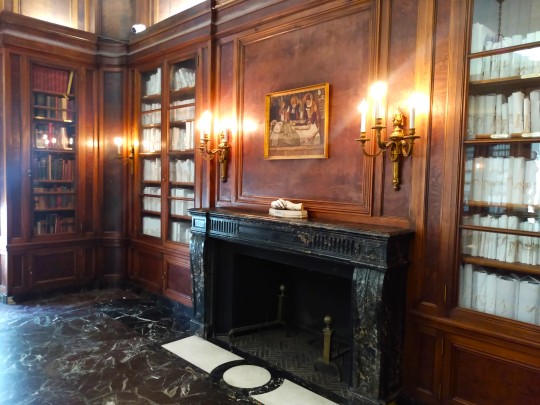
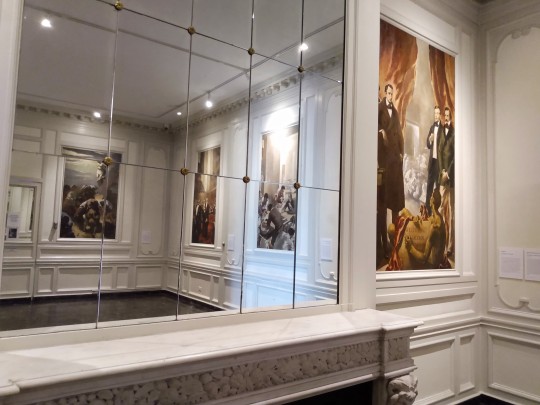
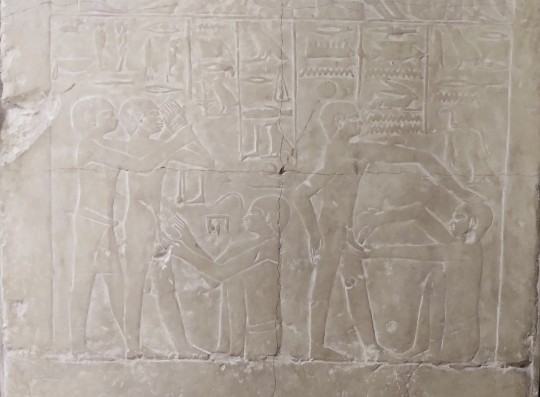

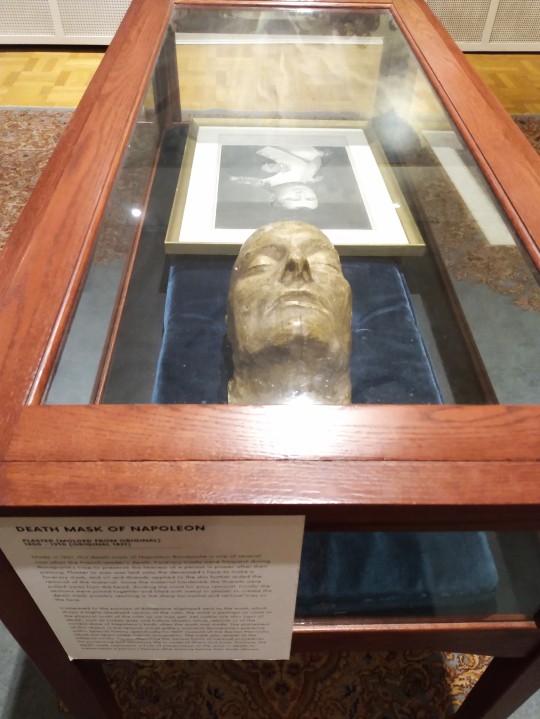
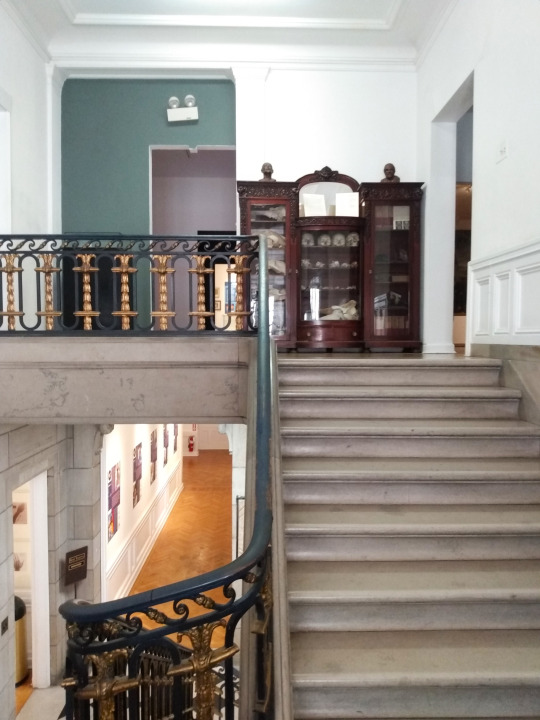

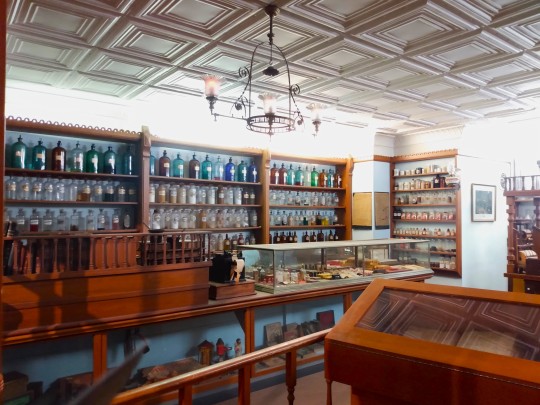
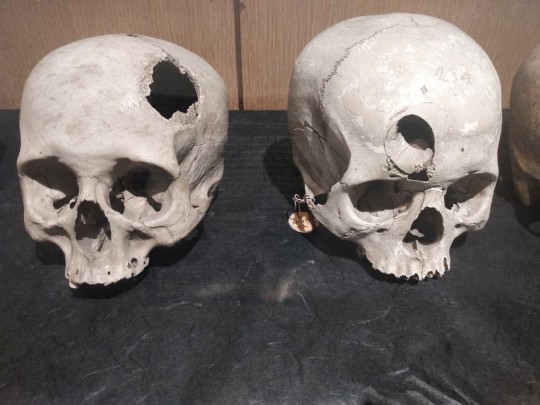
The International Museum of Surgical Science
#the international museum of surgical science#skulls#skeletons#cw bones#trephination#trepanning#napoleon#death masks#florence nightingale#apothecaries#ancient egypt#history#museums#chicago
26 notes
·
View notes
Text
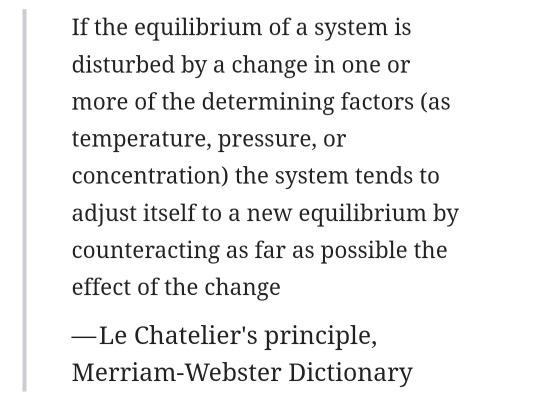
this is about lila&tina btw.
#ferranteposting#tina dissappears -> balance is disturbed -> lila dissappears to reestablish the balance#lila studying the city's history to crack the code of its equilibrium -> realisation that change is repetitive ->#nothing is sudden it's just that all of the steps leading up to something can't be in possession of a single human ->#once lila's daughter is fed to the city the equilibrium is so drastically disturbed lila has no ground to stand on#-> if she has no ground to stand on she is more free to give up being a person -> lila tricks the city#it isn't the city that gets to feast on lila it's lila that gets to feast on the city. she isn't a shadow she is the unshakable pillar#she isn't a person anymore she has dispersed -> she is given information about all the steps hidden behind everything sudden#conclusion? lila dissappears -> lila is reunited with tina#this stands on its own two legs no matter what lila the person has done. because there has been a clean surgical cut#between lila's past and lila's all-consuming presence as a historical and architectural point#is this where i drop the imaginary microphone????#lila cerullo 🫀#l'amica geniale#s4 spoilers#book 4 spoilers#my brilliant friend spoilers#l'amica geniale spoilers
12 notes
·
View notes
Text

#surgical instruments#surgery#medicine#science#infection control#chemistry#microbiology#sterile#sterility#stainless steel#medical history#modern medicine#health and wellness#mine#dark academia#dark aesthetic#school
13 notes
·
View notes
Text
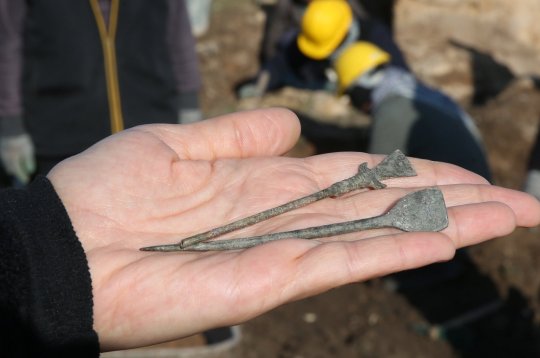
1,800-Year-Old Surgical Tools Found at Zerzevan Fortress in Turkey
The fortress, located in the Chinar district, has a history that extends back to nearly 3,000 years. Due to its historical significance, it has been included by UNESCO alongside other heritage sites on the tentative list of world heritage.

#1800-Year-Old Surgical Tools Found at Zerzevan Fortress in Turkey#Historical Fortress of Zerzevan#ancient artifacts#archeology#archeolgst#history#history news#ancient history#ancient culture#ancient civilizations#roman history#roman empire#roman legion
40 notes
·
View notes
Text

my thoughts on the matter
#im not tagging this but herey ou go. something literally no one asked for in the history of mankind#anyway.#shelly is rated based on Normal Shelly.#blake has no swag. sorry. its gone#if youre wondering the distinction between swagless and surgically removed its “no swag but has done something cool once” vs “none at all”#solaris could go higher but the fact that he is a father and he didnt attack me with arceus means he doesnt get promoted#westalk#i guess.#“What did amethyst do that was swag?” she died. Sorry
3 notes
·
View notes
Text
ridiculous endo update: i feel way worse and somehow in the process the ovarian cyst has decreased in size from 10 cm to 6 cm
#i have to be one of few to get more upset by this kinda news bc it IS objectively good#but afaik they don't surgically remove cysts smaller than 7cm..#so like. idk what to do if the solution is gonna be 'oh just keep taking birth control and it'll disappear' since i actively#stopped taking birth control bc of anxiety issues#i'm also gonna double the dose until i go back to see the head gyno and with my history with hormones that could literally go either way#it might help painwise but it might also make me even number or more anxious#so that's fun#i just think i should be medically allowed to decide that this is enough. i've had enough years of this shit. i don't want any more
3 notes
·
View notes
Text
#tmi#menstruation talk#aw yiss#i think i've finally reached the light at the end of the tunnel#i'm like pre perimenopause now#that means i've got probably about 15 to 20 years to go if surgical intervention doesn't happen#given family history#about fucking time#i am now officially more than half way through having periods probably#cannot wait for this to be over#so close and yet so far
3 notes
·
View notes
Text
The surgical kit was of particular interest to archaeologists. It is large, containing a full set of awls, needles and knives of various sizes and configurations.
The discovery occurred at the end of 2021 at the Las Ventanas mausoleum temple, in the Pómac Forest Historical Sanctuary, in the Lambayeque region, about 800 km north of Lima.
The tomb is from the Middle Sicán period (900-1050 AD) at the Huaca Las Ventanas archaeological site. This is the first such find ever made in Lambayeque or in northern Peru.
2 notes
·
View notes
Note
hehe i hope you like the rest of the knick <33
ive watched 5 episodes today im having such a good time <333
#literally your impact with all the knick posting#i forgot how good the set/costume design is like god…#also all the contrast with black/white and blood is sooo sexy#its truly reigniting my interest in surgical history like i first started watching it after reading the butchering art#and now im thinking hmm. i still need to read the facemaker…#but!! i would love to hear your thoughts on the show kieran :)
3 notes
·
View notes
Text
Trusted Osteopathy Service in Tonbridge - Angus Gould
We have been working with clients in Crowborough and the surrounding areas since 2018 and have steadily built a trusted client base. We are passionate about helping our patients get their health back. Our holistic approach to health and medicine sets us apart, as we take our clients’ entire medical history, lifestyle, and other influential factors into account when creating our bespoke treatment plans.
#osteopathy#Tonbridge#Angus Gould#holistic health#bespoke treatment plans#client care#trusted osteopath#health restoration#Crowborough#non-surgical treatment#patient-centered care#medical history#lifestyle assessment#osteopathic services
0 notes
Text
i could probably finagle my way into halfway decent drawing skills. but that requires PRACTICE and i tend to avoid things i'm not good at immediately. and sometimes my hands hurt s'bad. and i worry about injuring them thru overuse but also there's deconditioning to consider
#i am anxious and paranoid but also i dislocated two tendons in my hand from raking leaves#and eventually needed surgical correction for it#so like. where is the line for normal worrying uk#newt needs a text post tag#newt's medical posting#also a history of carpal tunnel syndrome after i was in some car accidents#unrelated but lately its been super super hard to clear my throat. like it just doesnt work 🫠
1 note
·
View note
Text
Jane Todd Crawford: The Pioneering Patient Behind the Dawn of Abdominal Surgery
Jane Todd Crawford’s life story is not just a tale of medical marvel but a testament to the indomitable human spirit. Born in 1763 in Virginia, Crawford’s early life was marked by the pioneering challenges of the American frontier. Moving to Green County, Kentucky, she embraced the rural life of the early 19th century, a period characterized by limited medical knowledge and scarce healthcare…

View On WordPress
#19th Century Medicine#Abdominal Surgery#Ephraim McDowell#Jane Todd Crawford#Medical History#Ovarian Tumor#Patient Courage#Surgical Innovations
1 note
·
View note
Note
can I just say. I grew up in Trinidad. I miss the trans women :( it's changed. I wish they'd remember.
For those just looking in, this is a reference to a book I just read called Going to Trinidad, which is nonfiction with the summary:
"For more than four decades, between 1969 and 2010, the remote former mining town of Trinidad, Colorado was the unlikely crossroads for approximately six thousand medical pilgrims who came looking for relief from the pain of gender dysphoria. The surgical skill and nonjudgmental compassion of surgeons Stanley Biber and his transgender protege Marci Bowers not only made the phrase “Going to Trinidad” a euphemism for gender confirmation surgery in the worldwide transgender community, but also turned the small outpost near the New Mexico border into what The New York Times once called “the sex-change capital of the world.”"
The book explores the realities of this, as well as some of the patients who had varying experiences with earlier iterations of gender confirmation surgery and the medical system around that. One of the things it talks about is the erasure of this history, and I can definitely understand how that would feel for someone who actually lived through the transition. One of the reasons queer history is so vital to share is because of things like this, if the town had its way, it might have disappeared from the collective memory.
5K notes
·
View notes